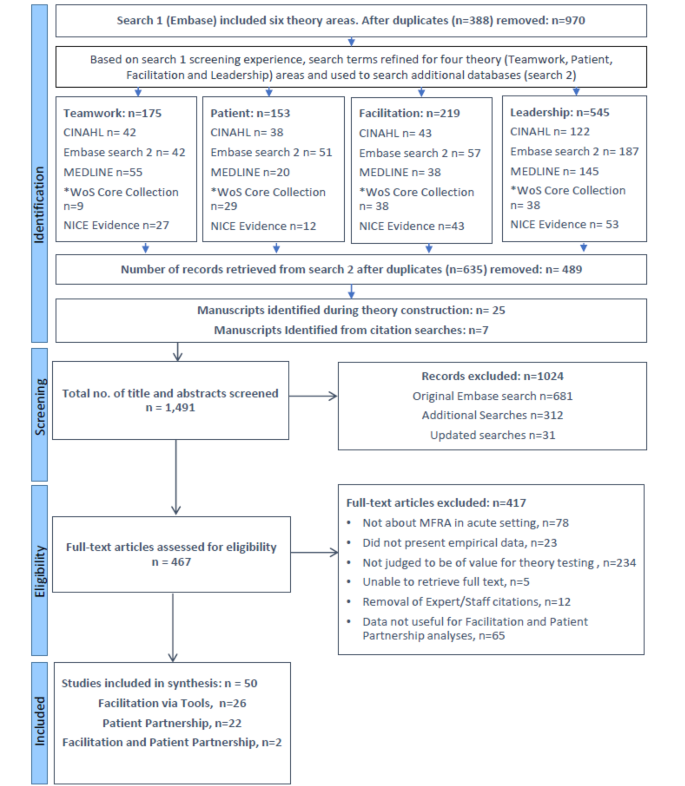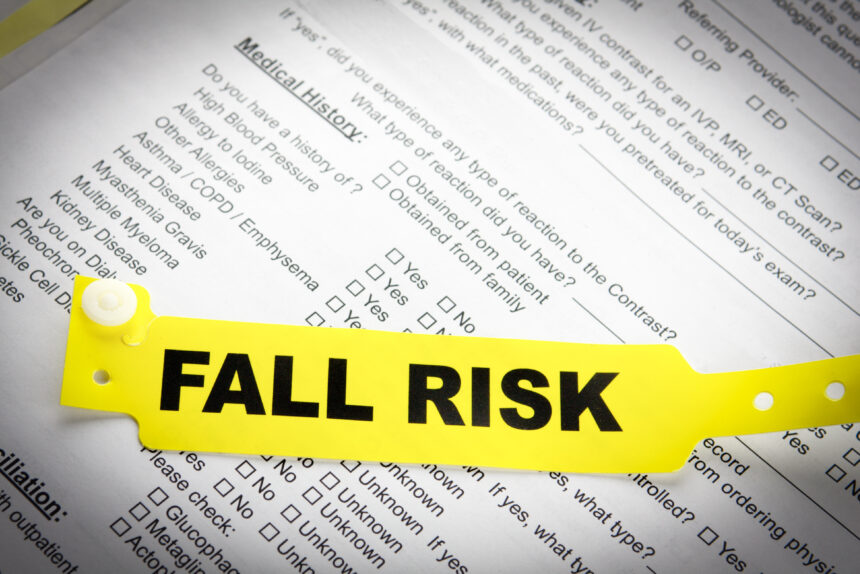Dementia Fall Risk Fundamentals Explained
Dementia Fall Risk Fundamentals Explained
Blog Article
All about Dementia Fall Risk
Table of ContentsThe 9-Minute Rule for Dementia Fall RiskThe Dementia Fall Risk PDFsThe Greatest Guide To Dementia Fall RiskDementia Fall Risk for Dummies
A fall risk assessment checks to see how most likely it is that you will drop. The evaluation typically includes: This consists of a series of concerns concerning your general wellness and if you've had previous drops or problems with equilibrium, standing, and/or walking.STEADI consists of testing, analyzing, and treatment. Interventions are suggestions that may lower your danger of dropping. STEADI consists of 3 actions: you for your risk of succumbing to your threat elements that can be enhanced to attempt to prevent drops (for instance, balance troubles, damaged vision) to reduce your danger of dropping by using reliable approaches (as an example, offering education and resources), you may be asked numerous questions including: Have you fallen in the past year? Do you feel unstable when standing or walking? Are you bothered with dropping?, your provider will certainly test your stamina, equilibrium, and stride, making use of the complying with loss assessment tools: This examination checks your gait.
If it takes you 12 seconds or more, it may imply you are at higher threat for a fall. This test checks strength and balance.
The settings will obtain harder as you go. Stand with your feet side-by-side. Relocate one foot midway onward, so the instep is touching the big toe of your various other foot. Relocate one foot fully before the other, so the toes are touching the heel of your various other foot.
All About Dementia Fall Risk
The majority of drops occur as an outcome of several contributing factors; for that reason, taking care of the risk of dropping begins with determining the variables that contribute to drop threat - Dementia Fall Risk. Some of one of the most relevant risk elements include: History of prior fallsChronic medical conditionsAcute illnessImpaired stride and balance, reduced extremity weaknessCognitive impairmentChanges in visionCertain risky medicines and polypharmacyEnvironmental factors can additionally boost the risk for falls, including: Inadequate lightingUneven or damaged flooringWet or slippery floorsMissing or damaged handrails and get barsDamaged or improperly fitted tools, such as beds, mobility devices, or walkersImproper use assistive devicesInadequate guidance of the individuals staying in the NF, consisting of those who exhibit aggressive behaviorsA successful loss danger management program requires a comprehensive professional evaluation, with input from all members of the interdisciplinary group

The treatment strategy should likewise include treatments that are system-based, such as those that promote a risk-free environment (appropriate lighting, hand rails, get hold of bars, and so on). The performance of the interventions need to be evaluated periodically, and the treatment plan revised as required to reflect changes in the loss danger analysis. Implementing a fall risk administration system utilizing evidence-based ideal practice can lower the occurrence of drops in the NF, while limiting the capacity for fall-related injuries.
6 Easy Facts About Dementia Fall Risk Explained
The AGS/BGS guideline advises evaluating all adults aged 65 years and older for autumn risk yearly. This screening includes asking clients whether they have fallen 2 or even more times in the previous year or looked for medical attention for a fall, or, if they have not dropped, whether they really feel unsteady when strolling.
People who have actually fallen as soon as without injury should have their balance and stride examined; those with gait or balance irregularities must receive added analysis. A background of 1 autumn without injury and without gait or equilibrium troubles does not require further analysis past ongoing annual fall danger testing. Dementia Fall Risk. A fall risk analysis is called for as part of the Welcome to Medicare examination

An Unbiased View of Dementia Fall Risk
Documenting a falls background is among the top quality indications for loss prevention and management. An important component of threat evaluation is a medicine evaluation. Numerous classes of medicines increase autumn risk (Table 2). copyright medications specifically are Visit Website independent predictors of falls. These medications tend to be sedating, change the sensorium, and hinder equilibrium and gait.
Postural hypotension can typically be eased by minimizing the dosage of blood pressurelowering medicines and/or here stopping medicines that have orthostatic hypotension as a side result. Use of above-the-knee support hose and copulating the head of the bed elevated may additionally reduce postural decreases in high blood pressure. The preferred components of a fall-focused physical evaluation are revealed in Box 1.

A TUG time more than or equal to 12 seconds suggests high autumn risk. The 30-Second Chair Stand examination examines reduced extremity toughness and equilibrium. Being not able to stand up from a chair of knee height without making use of one's arms indicates increased right here fall threat. The 4-Stage Equilibrium test examines static balance by having the individual stand in 4 placements, each progressively more difficult.
Report this page